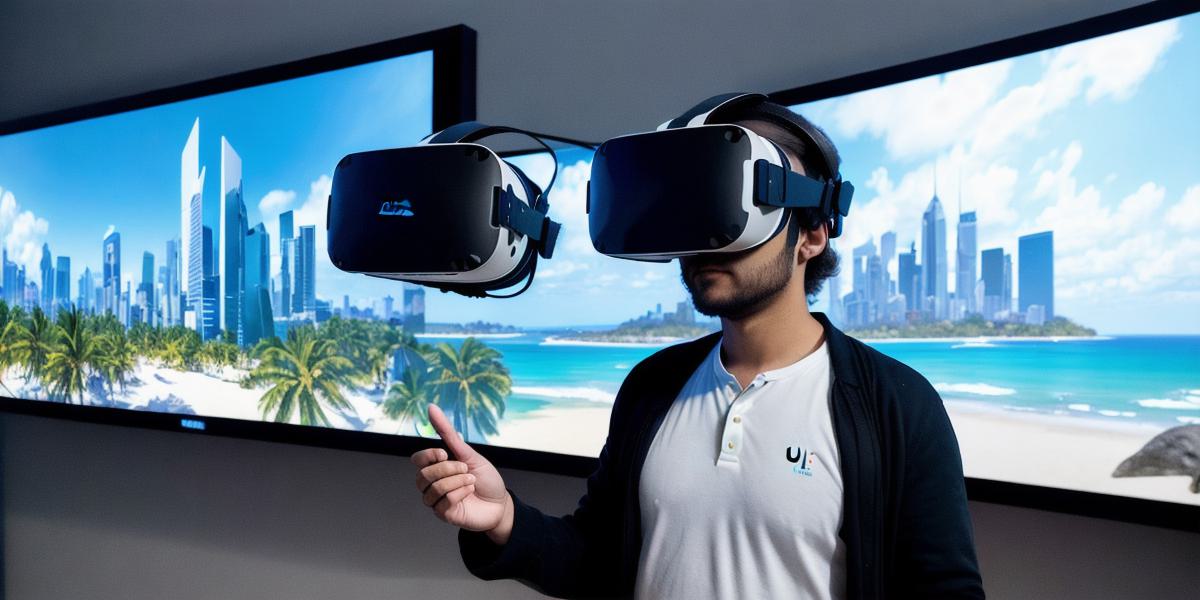Virtual reality (VR) has revolutionized the way we interact with technology, and it’s no surprise that developers are constantly pushing the boundaries of what’s possible in this exciting new medium. But is VR truly an immersive experience, or is it just a fancy way to watch movies from your living room?
The answer lies somewhere in between. While VR certainly has the potential to create some of the most immersive experiences available, there are still limitations to what can be achieved in this technology.
One of the key factors that determine whether an experience is truly immersive is the level of interaction between the user and their environment. In a highly immersive experience, the user should feel like they are an active participant in the world around them, rather than just an observer.
While VR has made some impressive strides in this area, there are still limitations to the level of interaction that can be achieved. For example, while certain VR systems allow for hand tracking and motion controls, these often feel clunky and artificial, which can detract from the overall immersion.
Another factor that determines whether an experience is truly immersive is the quality of the content. In order to create a truly immersive experience, developers need to be able to craft believable environments and characters that draw the user in and make them feel like they are truly part of the world.
This can be easier said than done, however. Creating an immersive VR environment requires a deep understanding of both human psychology and computer science, as well as access to powerful hardware and software tools.
Despite these challenges, there have been some truly impressive examples of immersive VR experiences in recent years. For example, the VR game "Beat Saber" uses music and rhythm to create a highly engaging experience that feels like you’re physically moving through a virtual world. Similarly, the VR film "A Christmas Carol" uses advanced visual effects and sound design to create a truly immersive holiday experience.
So while VR may not be able to completely replicate the real-world experience of being there, it can still offer some truly unique and immersive experiences that you simply won’t find anywhere else. Whether you’re a developer looking to push the boundaries of what’s possible in this technology or just someone who loves trying out new things, VR is definitely worth exploring.
FAQs
- What makes an experience immersive?
- An immersive experience is one where the user feels like they are actively participating in the world around them, rather than just observing it. This can be achieved through a combination of factors, including the level of interaction between the user and their environment, as well as the quality of the content.
- What are some examples of immersive VR experiences?
- Beat Saber is an excellent example of an immersive VR game that uses music and rhythm to create a highly engaging experience. The VR film "A Christmas Carol" also offers a unique and immersive holiday experience through advanced visual effects and sound design.
- What are the challenges of creating an immersive VR experience?
- Creating an immersive VR environment requires a deep understanding of both human psychology and computer science, as well as access to powerful hardware and software tools. Developers must also be able to craft believable environments and characters that draw the user in and make them feel like they are truly part of the world.
